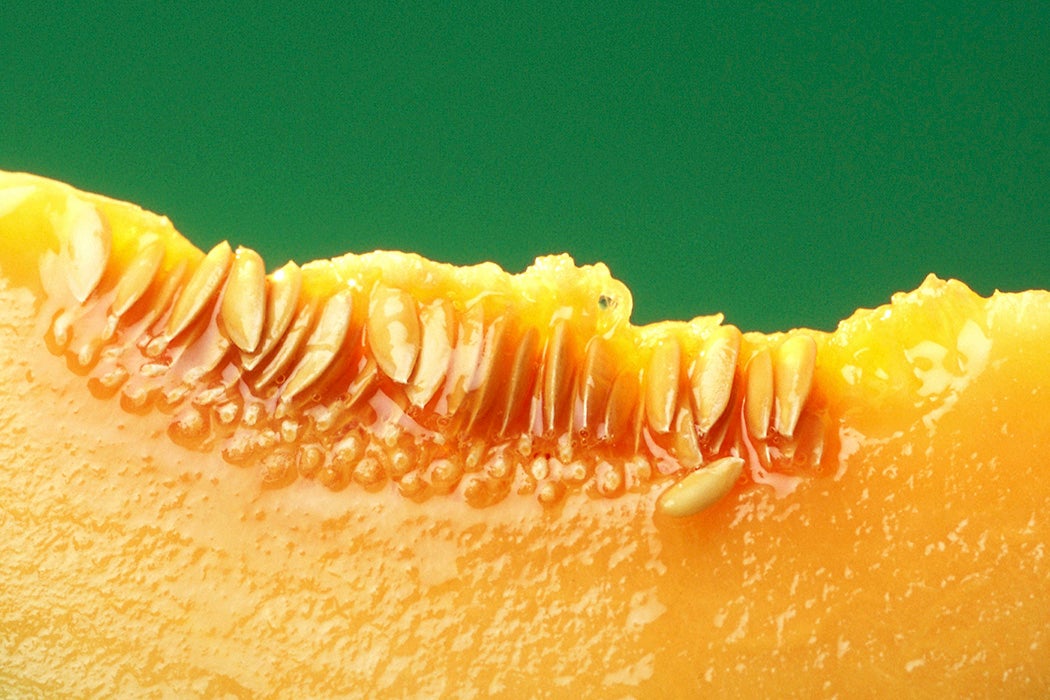Food recalls are starting to seem like a routine occurrence. Most recently, the culprit was pre-sliced melon. Many food recalls are due to salmonella, a common bacteria present in a wide variety of animals and habitats. Most people can recover on their own from salmonella infection, but infants, the elderly, and the immune-compromised might require antibiotic treatment. In rare cases, the illness can be deadly.
If it seems like salmonella outbreaks are becoming more common, that’s because, according to nurse epidemiologist Betsy Todd in the American Journal of Nursing, they are. Chickens have long been especially susceptible, and the infection rate in chickens increased dramatically in the early 2000s. The bacteria spreads through contact with infected birds, feces, feathers, or other bodily waste. When the birds are cramped in farms and processing plants the bacteria spreads between chickens and from infected hens to their eggs. Since it easily lives on surfaces, any undercooked animal product such as meat, milk, or eggs can potentially carry salmonella infection. The bacteria especially thrives on chicken skin, which unfortunately is often a component of ground or processed chicken meat. Unsanitary blanching practices have also been implicated in salmonella’s rapid spread.
As the melon episode reveals, crops and produce can also be inadvertently contaminated with salmonella. Salmonella is rare in tap water, but pre-washed vegetables may be rinsed with contaminated water. Any product can become infected if the irrigation water becomes contaminated with animal feces. The plant then takes the infected water into its body and at that point even thorough washing will not get rid of the bacteria. Another increasingly common source of transmission is reptiles; most reptiles carry salmonella, although they are not themselves affected. As more people own reptiles as pets, this mode of infection is becoming more common.
There are actually many different strains of salmonella. The worst strains, such as S. typhi, cause typhoid fever, a potentially dangerous illness which is now uncommon in the developed world thanks to water treatment. (There is also a vaccine available). The more common strains simply cause serious food poisoning and all the unpleasantness that entails. Most worrisome, drug-resistant strains have been appearing, possibly because of widespread antibiotic use in farming, although steps are underway to limit this practice. Most experts agree that altering husbandry and processing to reduce contact between animals is probably the best way to reduce salmonella infection overall.
Despite the nastiness, there is in fact a positive side to salmonella. Biologist Markus Loeffler and colleagues have been experimenting with using salmonella to battle cancer. Bacteria sometimes pile up inside tumors. Making use of this tendency, the team weakened salmonella so that it could not cause illness. This attenuated bacteria was then genetically engineered to produce a tumor-killing substance. When introduced to the body, the unwitting salmonella went right to the tumor and began producing the tumor destroyer. Using these bacteria to create tumor-fighting drugs will be the next step.







